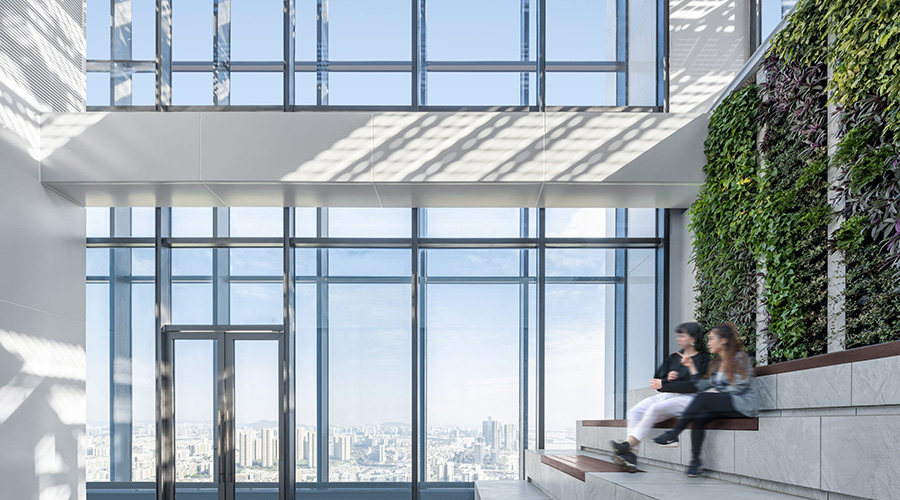Submeters Effective Way to Gather Hard Data
The most effective way of gathering that hard data is the use of submetering technology. Most facilities are master metered — one electric meter for an entire facility or for each building at that site. Each building contains numerous electrical loads ranging from lighting systems to HVAC systems. Master meters, installed primarily for billing purposes, quantify the amount of energy used by the facility but do not tell managers what operations or systems use it.
By installing submeters on various electrical loads throughout a building, managers gain hard data on the location and timing of energy use. With that knowledge comes the ability to manage use and costs.
Since submeters can measure the electricity use and demand for individual electrical circuits, managers can use them to measure energy use at the source, including chillers, pumps, air handlers, lighting systems, refrigeration systems, and compressed-air systems.
Managers can develop load profiles for each piece of equipment or system, and they can compare those profiles to the manufacturer’s published energy-use data. Over time, managers can compare load profiles for a particular piece of equipment to previously measured profiles to identify developing equipment problems or operational inefficiencies.
For example, chillers are one of the largest electrical loads in a facility. While chillers are very reliable, they do require maintenance. By developing a load profile for a particular unit and comparing it to manufacturer’s data, managers can see if there are efficiency issues with the operation.
Over time, managers also can develop new load profiles. Comparing the performance of the chiller’s load profile over time can identify issues such as dirty heat-transfer surfaces or even an improperly functioning cooling tower. Data also can help technicians determine when it is time to clean those surfaces or even if a unit requires an overhaul.
Submeters also can easily identify inefficient operating practices. For example, monitoring the energy use in a lighting system can reveal inefficient operating practices, such as leaving lights on when a building is unoccupied. Managers can use data collected over a period of time showing this is a common practice to justify the expense of installing automatic lighting controls.
Submeters are fairly easy and inexpensive to install. A typical installation involves split-core current sensors placed around the feeders to the equipment being monitored and a voltage sensor. The meter can send collected data a number of different ways, including via cable or modem, or wirelessly to a host computer. The host computer’s software allows managers to monitor each data point and manipulate the data to produce utility bills, load tracking reports, and load profiles.
When researching software applications, managers need to consider a number of features. The system must be capable of collecting, storing, and analyzing data from multiple meters over an extended period of time. It also must be able to generate load profiles for each submeter.
Ideally, it should allow the comparison of costs resulting from different utility rate structures. Most importantly, it must interface with the facility’s building automation system (BAS) so it can trigger automatic load reductions if necessary.
Related Topics:














